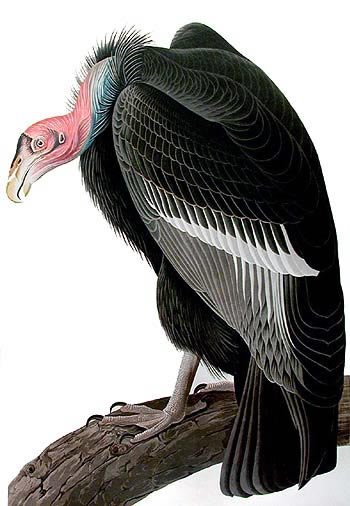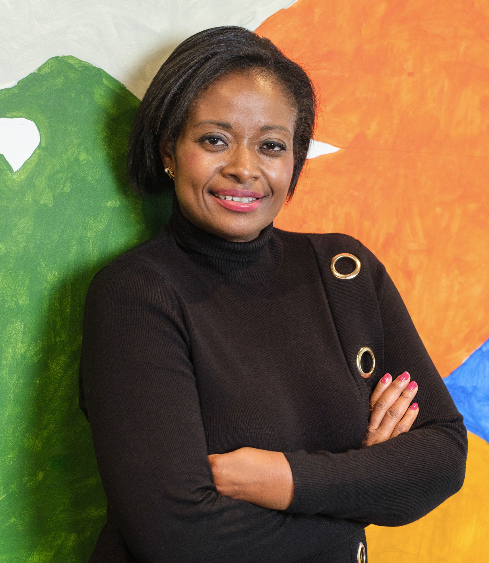The Role Of News Organizations During The Coronavirus Crisis
By Rob Bradley, Senior Vice President, CNN International Commercial
International news organisations have an important role to report on developments and share information that can help stop the spread of COVID-19 – this applies to our TV output of course, but also across the wider ecosystem of platforms where we are publishing content.

It is particularly important to have trusted news sources to turn to because of the danger of misinformation growing exponentially during the current crisis – research from Ofcom shows that half of the people in the UK have come across false or misleading information about COVID-19. These spurious stories and ill-informed advice shared on social media and in private messaging groups can literally cost lives, so it’s essential that people can rely on a trusted news brand for news and information.
To this end, I am in awe of the work and dedication of my newsroom colleagues who continue to inform the world – whether that’s reporting from the field or being one of the small number of our employees continuing to work from the office to produce shows.
In my area of commercial, we know it’s important to complement these efforts so we are working with brands and organisations to help them communicate messages related to COVID-19. In particular, I am proud of the work we are doing with the BBC and Euronews to provide public health agencies with $50 million of advertising inventory to enable them to deliver important messages about measures to prevent the spread of the virus. At CNN, we are already working with the likes of the World Health Organisation and the NHS to share messages at regional or country-specific levels.
The challenge of producing new content to air on TV networks:
Our production teams have had to be creative in how we produce standalone features programming that acts as a counter-point to our news coverage. One example that stands out at CNN is how we have been creating topical features shows in innovative ways such as the Working From Home show on CNN International with Richard Quest looking at how he, we and the wider business community are approaching home working. The show is anchored from Richard’s own home so there is an authenticity about the format that has resonated well with viewers. We have other similar formats in development.
The reaction of advertisers during the crisis:
There is plenty of research showing why brands should still run ads during a crisis and during Coronavirus. Analysis from Kantar shows that 60% of brands that ‘go dark’ see a negative impact on brand relationship metrics, losing affinity, image, loyalty. While according to Global Web Index, 80% of consumers approve of brands running campaigns that show how they are responding to coronavirus/ helping customers. Taking into account these factors – plus the future investment needed to restart paused campaigns further down the line – makes it important for many brands to find a way to react positively if they can do so in an authentic way that is a natural fit to their brand values and mission.
The future of TV advertising:
TV advertising was already in a significant state of flux pre-COVID-19. Working across over 200 countries, CNN International Commercial has for some time tracked the development of ad market maturity. Highly data-led markets such as the US and the UK set the trends in many aspects, but naturally advertisers across all markets are embracing new technologies and sophisticated solutions to connect with consumers. The democracy of much digital technology means many ad solutions travel to any market where connectivity is strong enough.
No-one has a crystal ball on the future post-COVID-19, but the studies that I have read predict huge shifts of consumer behaviour, consumer spending and commerce, company operations and connections/communications. Put simply, there are certain things we are doing now that many of us had never done before – I am finding the 8hrs of video calls a day admittedly draining but the way they level set the room means it’s not always the loudest voices that dominate the conversation. One of the many things to learn from.
One area of particular interest will be around immersive experiences. For us at CNN, TV advertising is just one component of a sophisticated media mix. As we have seen consumers take to immersive experiences – for instance, tour the Louvre Abu Dhabi virtually if you can’t be there in real life like you had planned to be – the case for greater adoption of VR/AR into multi-platform advertising, content creation and marketing campaigns will grow even when we can travel again.
For us to really understand the advertising potential of immersive technology we need to think much more broadly about its wider application. Imagine a world where you have the parts to an engine in front of you and glasses that augment reality with step by step instructions and images on how to build that engine. Voila, you’re an engineer. Not necessarily a TV trend but we need to think of the full context of how tech will change our lives to understand how it will change media consumption and the way brands communicate.





